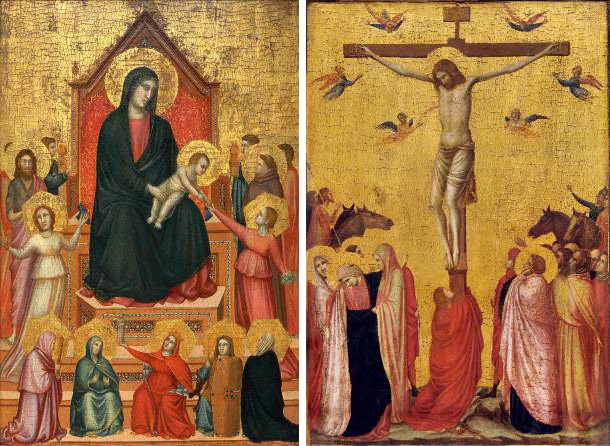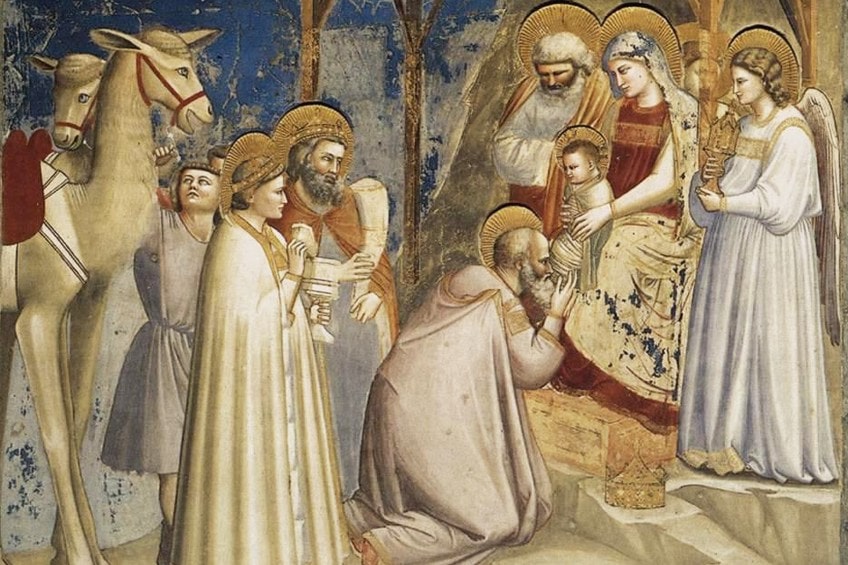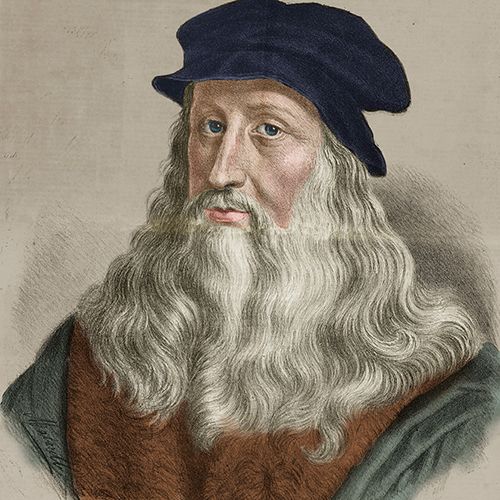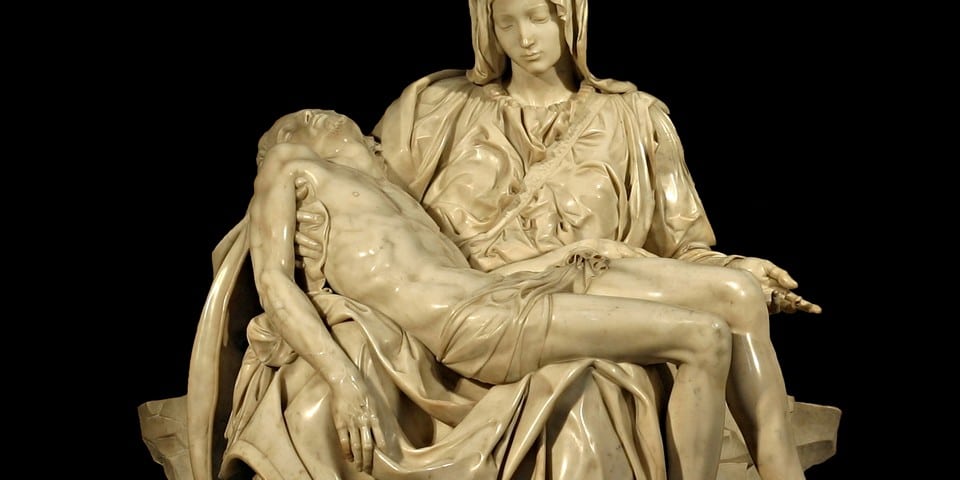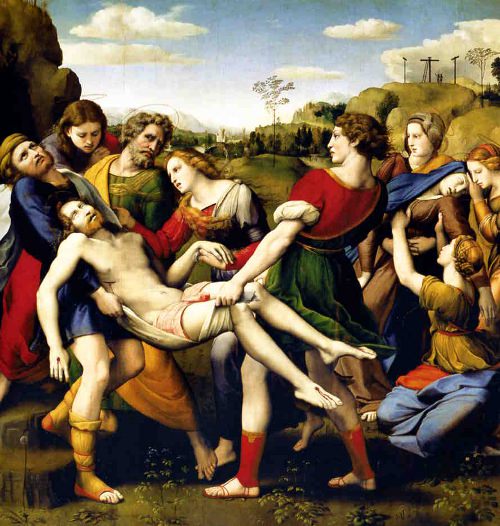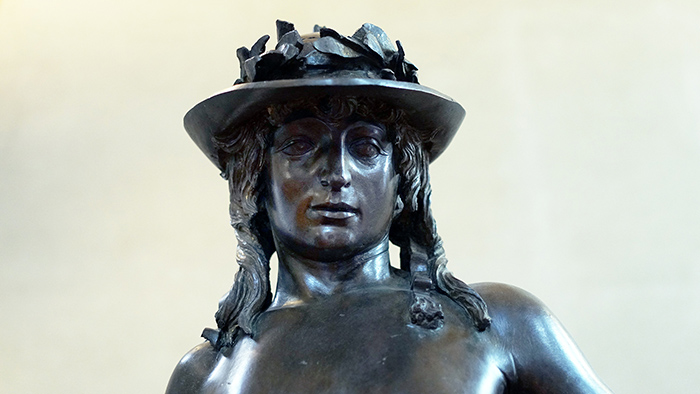Giotto di Bondone
Giotto di Bondone was an Italian painter and architect from Florence in the late Middle Ages. He is generally considered the first in a line of great artists who contributed to the Italian Renaissance.
Young ages
He was an apprentice to the artist Cimabue, a Florentine painter who also trained Duccio, another famed Italian artist. A legend exists that Cimabue discovered Giotto, who had been tending sheep, drawing on a rock and recognized the boy's talent. Giotto's artistic career began before he was 10 years old; by age 20, he was working independently.
The origins of early Renaissance
The so-called Proto-Renaissance began around 1401 as a result of the gradual emergence of a new spirit in painting and architecture in Florence and spread throughout the rest of Western Europe. In a prelude to the Renaissance, Giotto di Bondone was the first artist to paint a human face with three-dimensionality (as opposed to a flat surface). He is also credited with being the first to use atmospheric perspective and light-shadow effects.
The revolutionary in paintings
Giotto di Bondone is considered the father of western painting and art theory. He revolutionized painting by creating a new form of art and aesthetic that renewed all areas of art in Medieval Europe. Giotto's work is famous for its innovative and life-like qualities. The artist used his experiences as a shepherd boy, his training as an architect and his knowledge of music to create a whole new painting style.
Artworks
His most famous works were the murals he painted in the Arena Chapel in Padua in 1305. Fresco cycle there depicts the life of the Virgin and the life of Christ. It is regarded as one of the supreme masterpieces of the Early Renaissance. These works, which are still on display today, were so impressive that Pope Benedict XI gave Giotto a commission to paint frescoes in Rome's Basilica di San Francesco d'Assisi. Many believe these paintings to be the greatest achievement in Giotto's career as an artist.
